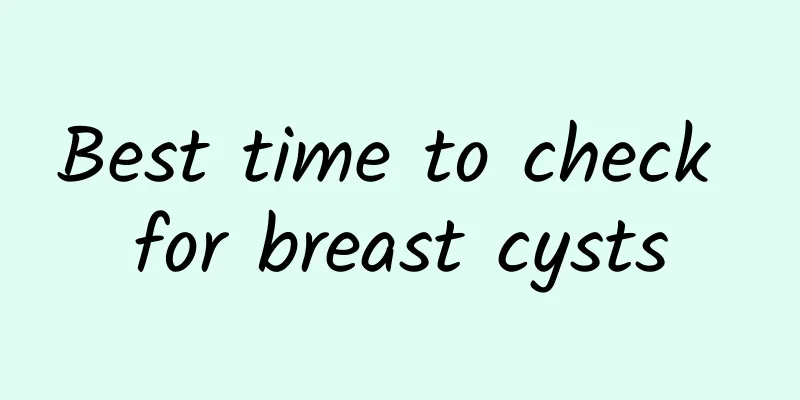What causes bone spurs on the waist?

|
Bone spurs on the waist are mainly caused by bone degeneration, long-term strain or improper posture. Common causes include aging, chronic strain, bad posture and osteoporosis. Treatments include medication, physical therapy and lifestyle adjustments. 1. Aging is one of the main reasons for the growth of bone spurs on the waist. With age, bones and joints gradually degenerate, and bone spurs appear as a result of compensatory hyperplasia. The key to preventing and delaying the formation of bone spurs is to maintain bone health and supplement calcium and vitamin D, such as milk, soy products and fish. 2. Chronic strain is also an important factor that causes bone spurs on the waist. Long-term heavy physical labor or sedentary work will put too much pressure on the waist, which is easy to cause bone spurs. Improvement methods include avoiding excessive fatigue, taking proper rest, and doing waist muscle exercises, such as plank support and bridge exercises. 3. Bad posture will also accelerate the formation of lumbar bone spurs. Maintaining an incorrect sitting or standing posture for a long time will cause uneven force on the lumbar spine, leading to abnormal bone hyperplasia. Correcting posture needs to start with daily habits, keep the waist and back straight, and use ergonomic chairs and mattresses. 4. Osteoporosis also increases the risk of bone spurs on the waist. Osteoporosis makes bones fragile and more prone to compensatory hyperplasia. Ways to prevent osteoporosis include increasing outdoor activities, getting enough sun, and consuming calcium-rich foods such as sesame, dried shrimps, and green leafy vegetables. In terms of drug treatment, commonly used drugs include non-steroidal anti-inflammatory drugs, muscle relaxants and calcium tablets. Non-steroidal anti-inflammatory drugs such as ibuprofen can relieve pain and inflammation; muscle relaxants such as chlorzoxazone help relax muscles; calcium tablets are used to supplement calcium and enhance bone strength. For physical therapy, you can use hot compress, electrotherapy and massage. Hot compress can promote blood circulation and relieve pain; electrotherapy stimulates muscles through electric current to reduce inflammation; massage helps relax muscles and improve local blood circulation. Lifestyle adjustments include maintaining a good sitting and standing posture, avoiding maintaining the same posture for a long time; regularly performing waist exercises to strengthen waist muscles; controlling weight to reduce the burden on the lumbar spine. The formation of bone spurs on the waist is related to many factors, and treatment requires comprehensive consideration. Through medication, physical therapy and lifestyle adjustments, symptoms can be effectively relieved and the progression of the disease can be delayed. Maintaining healthy living habits and a positive attitude are essential for preventing and treating bone spurs on the waist. |
<<: What are the symptoms of baby cystitis
>>: What are the symptoms of heel bone spurs?
Recommend
Ways to treat gallstone symptoms
Symptoms of gallstones usually need to be allevia...
How long does it take for a breast cyst to heal?
The recovery time of breast cysts varies dependin...
What are the treatments for breast cysts?
There are many different ways to treat breast cys...
What causes gallstones?
Gallstones are formed when some components of bil...
What should patients with gallstones pay attention to in their diet?
Patients with gallstones need to pay special atte...
How long does it take for anal abscess surgery to heal?
It usually takes several weeks to several months ...
Can breast cysts be cured by traditional Chinese medicine?
Breast cysts can be treated with traditional Chin...
What is acute pericoronitis
Acute pericoronitis may sound unfamiliar, but it ...
How long can I take a shower after perianal abscess surgery?
It is generally recommended to take the first bat...
Can bladder stones cause cystitis in women?
Bladder stones may cause cystitis, especially in ...
How much does cervical spondylosis surgery cost?
The cost of a cervical spondylosis surgery is abo...
What causes costochondritis
Treatment of costochondritis includes medication ...
What are the effects of gallstones on the body?
Gallstones may affect your body more than you thi...
How much does perianal abscess surgery cost?
The cost of perianal abscess surgery varies depen...
Will moxibustion help breast cysts dissipate?
Using moxibustion to treat breast cysts may help ...









